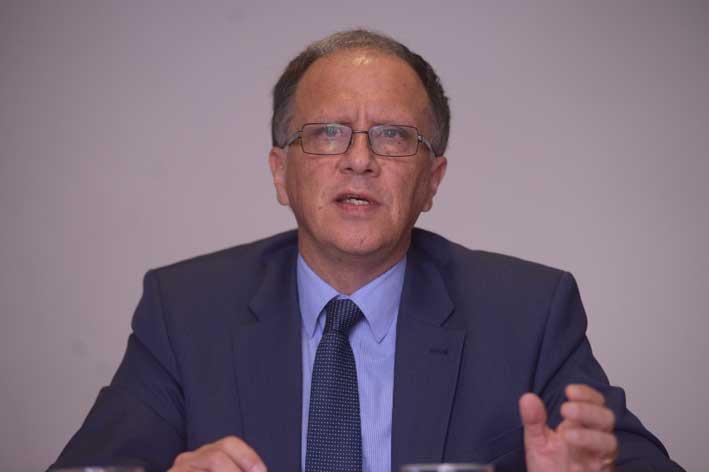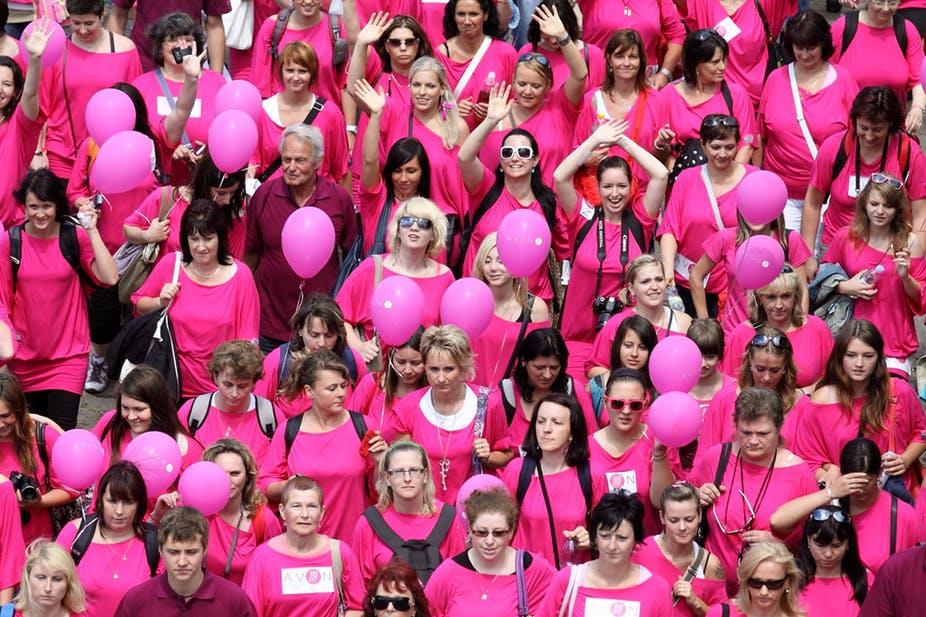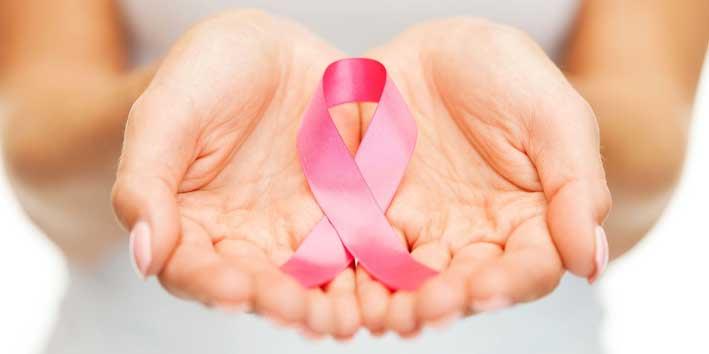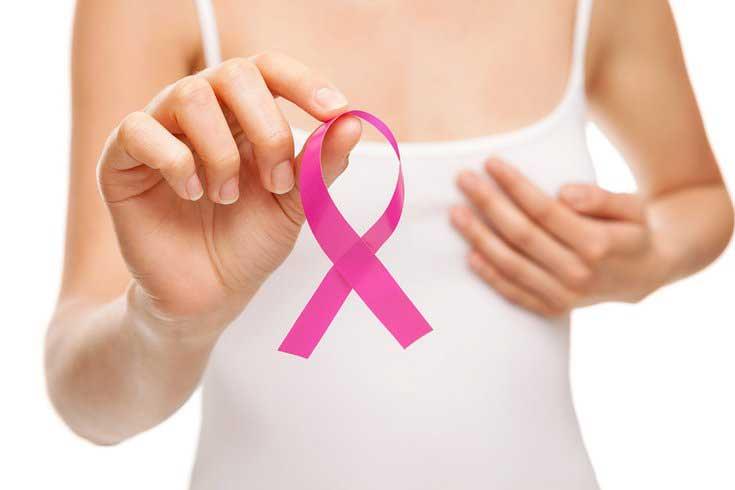A large majority of people who seek medical professionals like Caruana Dingli do so because they feel a lump in their breasts and want it checked out. However, he stresses that only about a tenth of those who present with a lump have breast cancer. This holds especially true for younger people.
Whilst a lump can be cancerous it can also be a benign tumour, a solid lump which is not cancerous or a cyst which is a sack of fluid.
Breast cancer is the most common cancer in Malta even though it affects mainly women. Only about one per cent of breast cancers affect men, since men still have a rudimentary breast. Malta sees around 350 new cases of breast cancer every year and only about three or four of these are men.
Other cancers are less common, for example, colon cancer sees about 200 new cases every year. However, when considering mortality rates other cancers have much higher numbers than breast cancer, although there are higher incidences of breast cancer. The reason for this is that a large proportion of breast cancers are cured.

What is breast cancer?
Cancer by definition is an area of cells in the body which starts growing very fast. They lose control of the normal process of cells which see a gradual changeover - some die and new ones replace them. In cancer, for some unknown reason, the cells grow faster than they are replaced by the dead cells.
“That in itself means that the cells grow and form a lump, eventually a lump that you can feel,” explains Caruana Dingli. If this lump is not treated it will get bigger and if cancerous the cells will eventually spread to other parts of the body.
Although the word cancer is used for different types of cancers, for example, lung cancer, breast cancer, each one is a different disease and behaves differently to the other. Even within breast cancers, there are different types which may be treated in different ways.

What are the signs to look out for?
The typical sign is obviously a lump but there are other subtle changes which could indicate breast cancer. Symptoms include dimpling of the skin, bleeding from the nipple, if the nipple is newly indrawn and even a rash on the breasts. Lumps under the arm are also a sign to look out for.
Breast cancer screening and self-testing
The principle of screening is to have people do a screening test which in this case is a mammogram to try find a tumour at an early stage. With earlier detection, there are better chances of treatment due to cancer not having spread and the tumour being smaller, resulting in less invasive surgery.
Caruana Dingli pointed out that patients presenting themselves with later stage cancers are becoming less common.
The national health service offers to screen women between the ages of 50 and 65 and is being extended.
However, women of any age should check themselves once a month, after their period by doing a self-test. “No one expects any woman to be an expert at breast examination but every woman can notice a new change,” Caruana Dingle explains.

Genetics and breast cancer
When breast cancer happens to someone in the family it is a common question for a person to ask, do I have a higher risk of breast cancer than women my age?
Medical professionals have seen an explosion in the number of people presenting themselves with this question since the famous actress Angelina Jolie came out as having had a double mastectomy to reduce the risk of having breast cancer.
Jolie’s mother had breast cancer and so Jolie took the step to get genetically tested to see if she had the faulty gene that means she is more likely to suffer from breast cancer.
The faulty gene Jolie had is known as BRCA1 and implies that she has an 80 - 90 per cent risk of developing breast cancer and even higher risks of ovarian cancer. Excluding any other risk factors, women without the faulty genes would have a 10 per cent chance of having breast cancer.
For people seeking genetic testing, a medical history is first taken than the woman is referred for counselling with a geneticist. Caruana Dingli point outs that it is very important that the implications of genetic testing are discussed.
Should a mastectomy be recommended, some women might need psychological support to make the decision. This type of surgery is known as ‘risk reduction surgery’ as not every single breast cell can be removed, as it grows into the fat. With a full mastectomy, the risk is reduced by some 90 per cent.
It is also very important to try to preserve the cosmetic appearance of the breast.
Genetic disposition to breast cancer is not so common and in Malta, it is even less common than in other countries.

High-risk factors for breast cancer
Whilst breast cancer is more common amongst older women, younger women may still present with breast cancer.
Caruana Dingli is also convinced that obesity is an important factor with regards to breast cancer. A study carried out in Malta shows in the prognosis for obese patients is worse.
Also since oestrogen is a risk factor for breast cancer, a woman who starts her periods early and finishes them late is at a higher risk.
In the past, it was said that not having children, or having children late as well as breastfeeding, is a high risk. There was also a study done about 150 years ago which stated that breast cancer was higher amongst nuns.
Caruana Dingli carried out studies on nuns in Malta and the unadjusted results did, in fact, show high numbers with breast cancer. However, when the numbers were adjusted for age, with nuns being usually older in age, there was no significant difference.
Other risk factors include exposure to radiation and taking hormone replacement therapy at a late age for a long time.
A healthy lifestyle including a good diet can decrease breast cancer risk.

Multi-disciplinary approach to breast cancer
Caruana Dingli explains how a multi-disciplinary team including surgeons, radiologists, pathologist, oncologists, nurses and students, meet once a week to discuss patients and make a plan for each patient as a team.
This allows for a multi-disciplinary approach to treatment which through studies has shown that patients get a much better standard of care. Once operated on the patients are discussed again to see how treatment should be continued.
Immediately after these meetings, Caruana Dingli meets with his patients to discuss with them their options.
He believes this disease needs to be approached in three ways: treating cancer but also protect them psychologically and cosmetically. “I try to leave the breast looking as normal as possible when you take a piece out. In the cases of mastectomy, which has to be done in one in three breast cancer patients, we do immediate reconstruction.”
Breast cancer research and awareness
“Breast cancer is cancer which is most researched probably because it has a strong cosmetic and psychological effect… there is also a lot of awareness about breast cancer,” Caruana Dingli notes.
Not so long ago, breast cancer was still a taboo and people would not talk about it. Betty Ford, the First Lady of the United States in the 70s underwent a mastectomy for breast cancer weeks after she became First Lady.
At a time when people were reluctant to talk about breast cancer she was open about her illness and aimed to raise the visibility of the disease. Now a lot of celebrities are very open about the subject, amongst them Olivia Newton-John who has openly spoken about getting breast cancer for the third time last year.